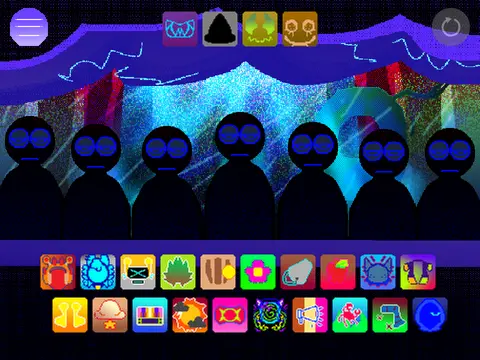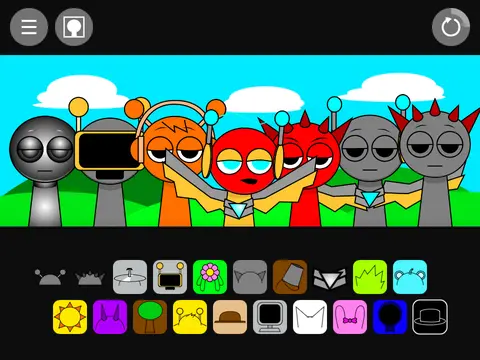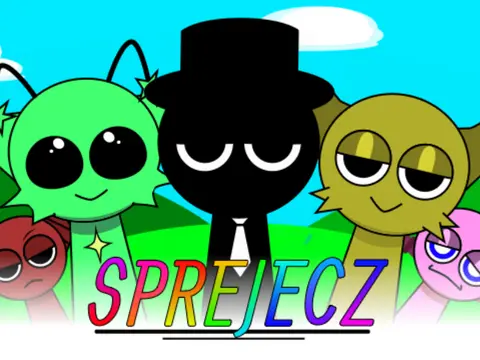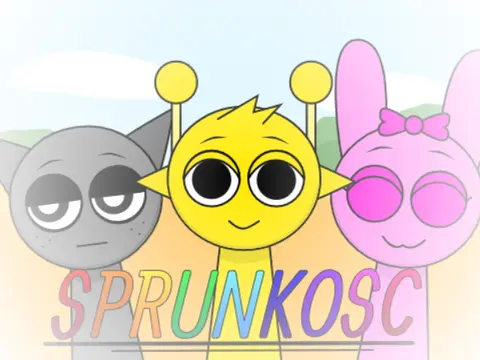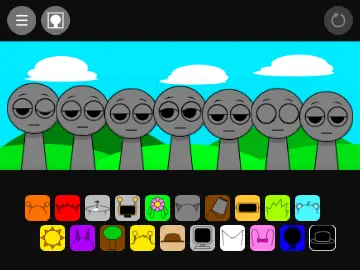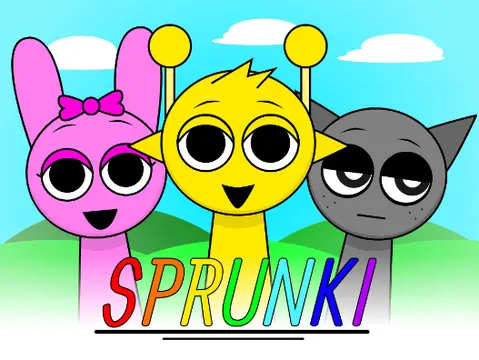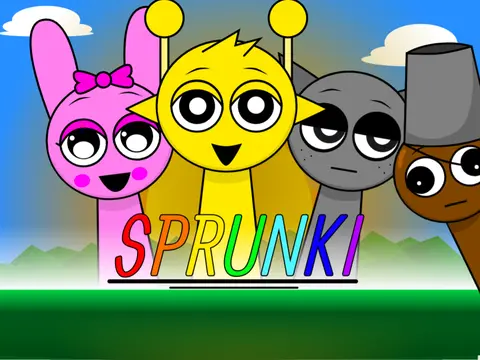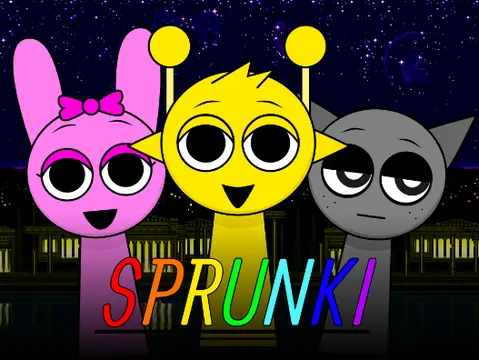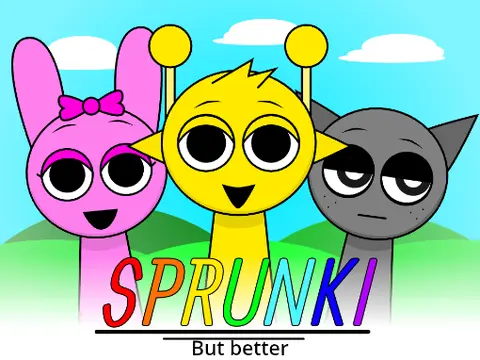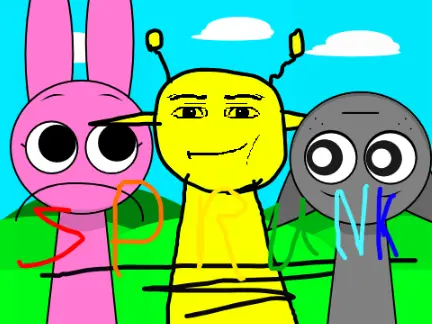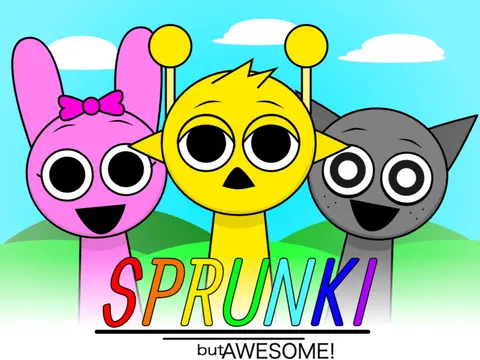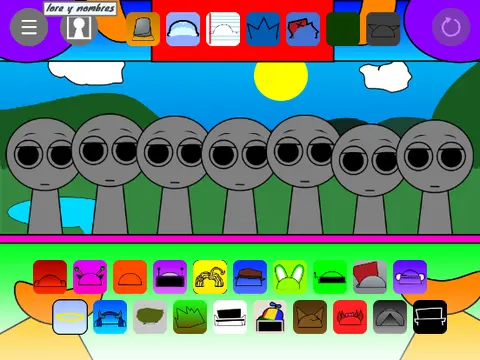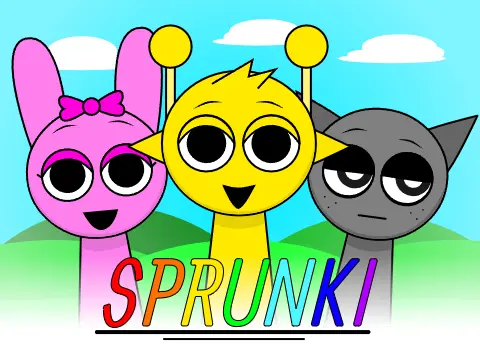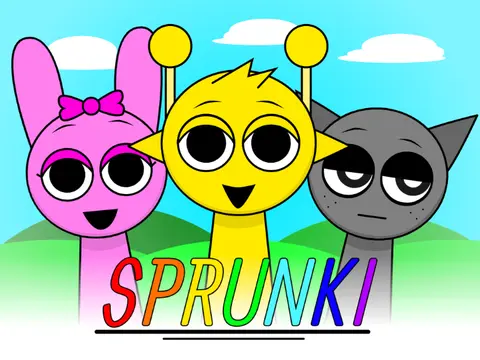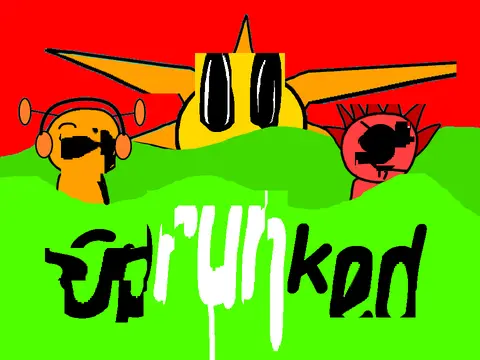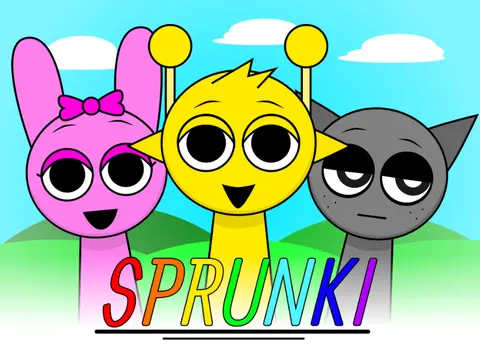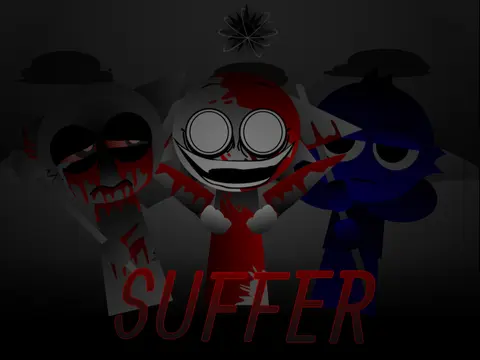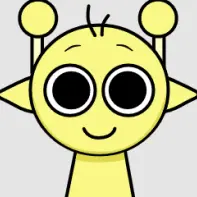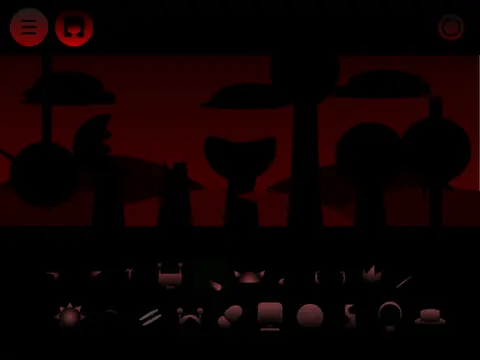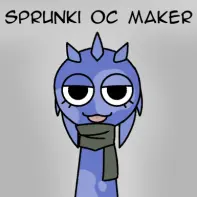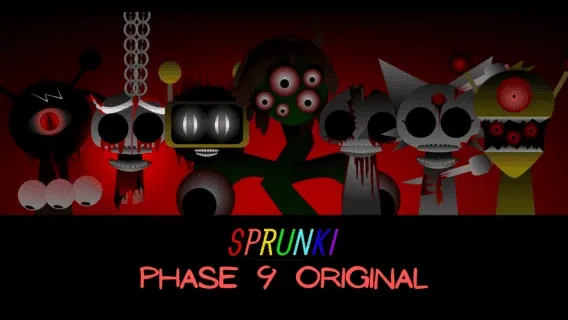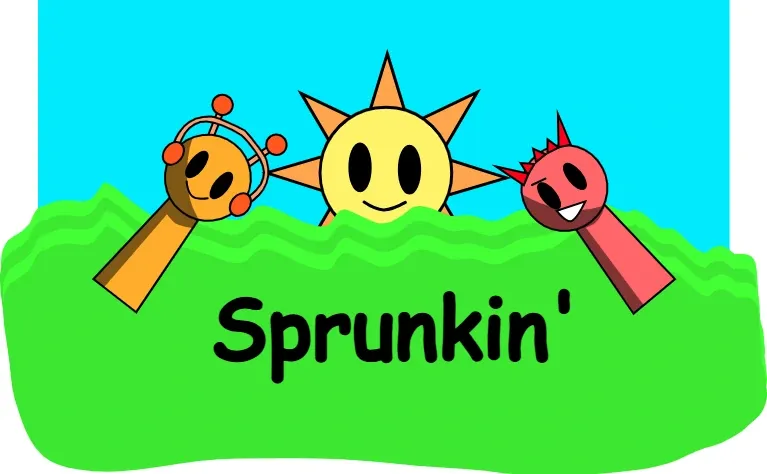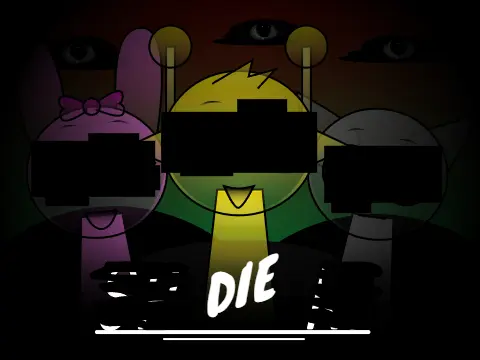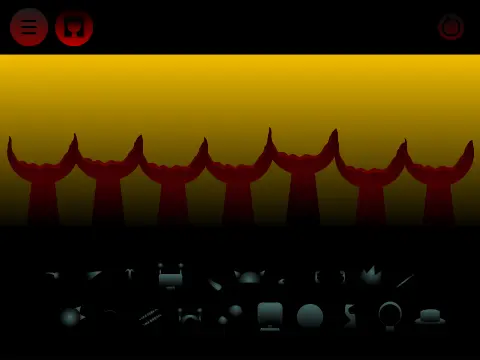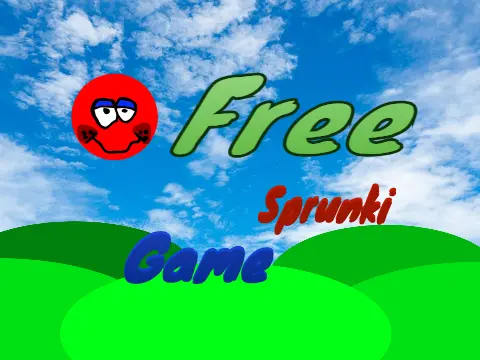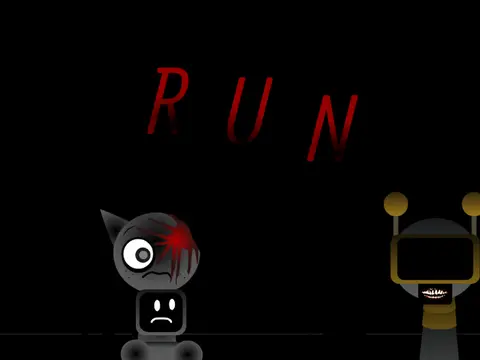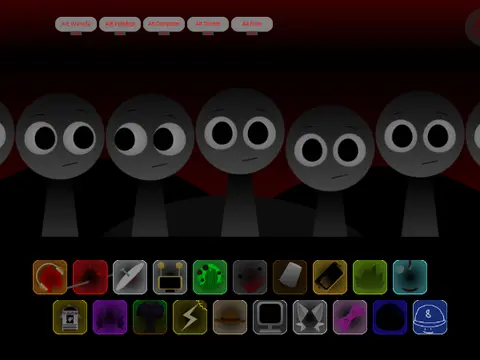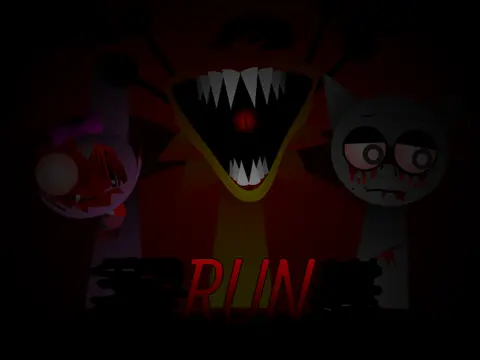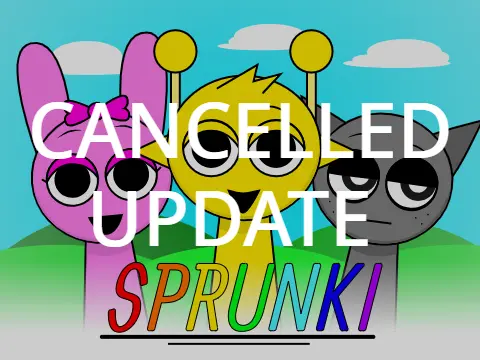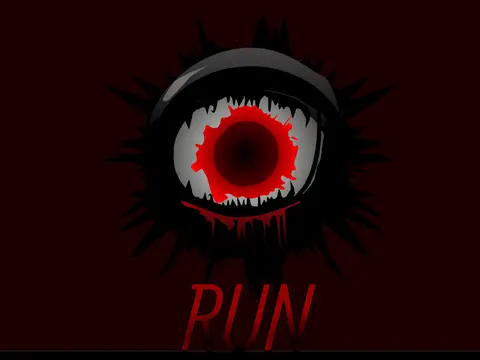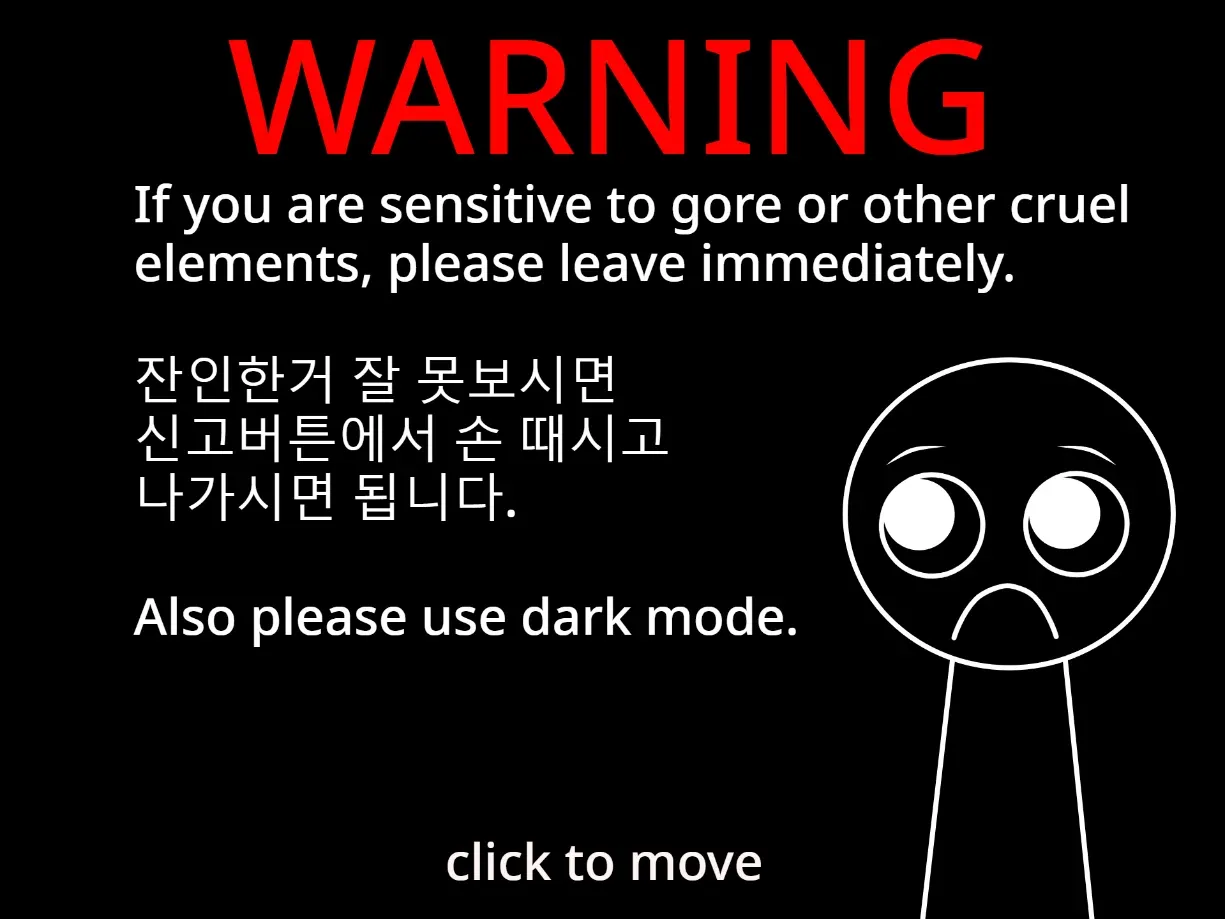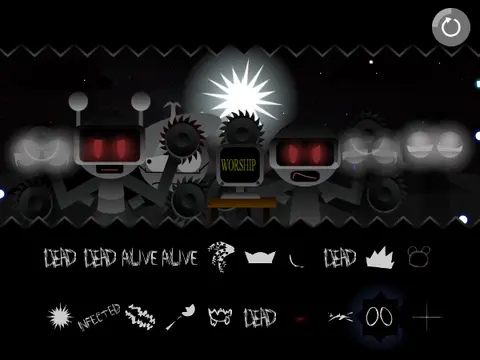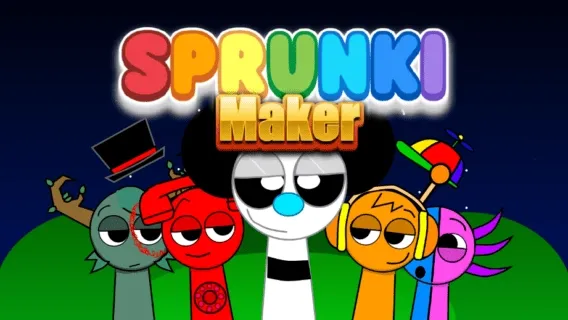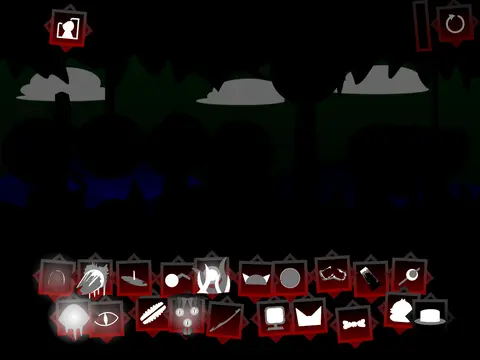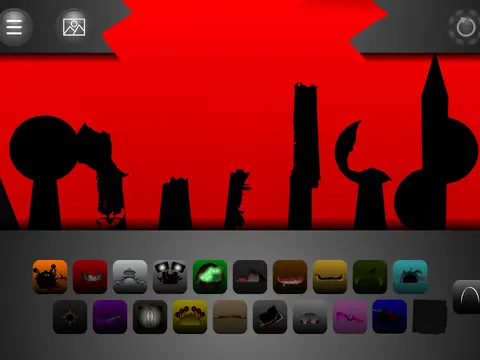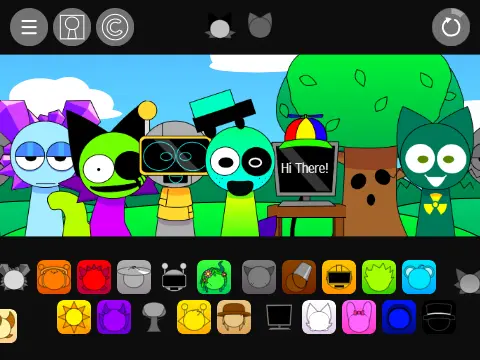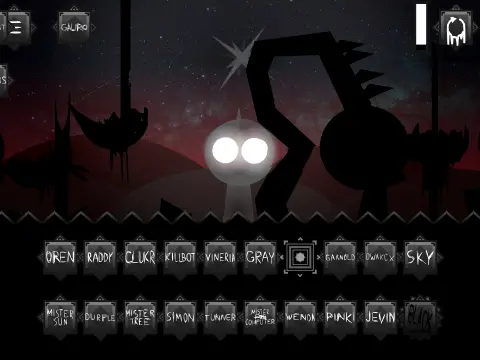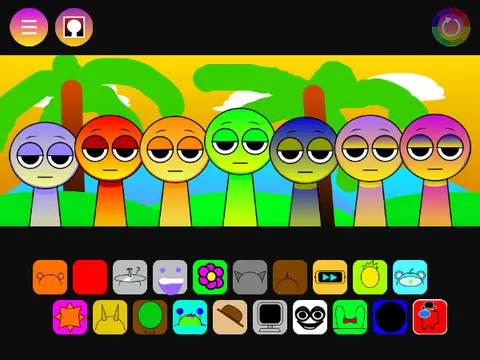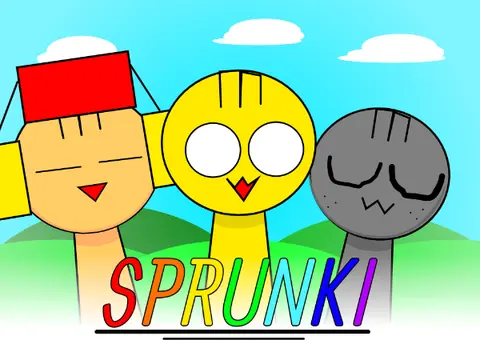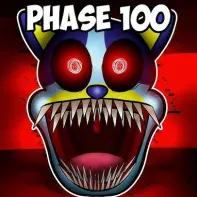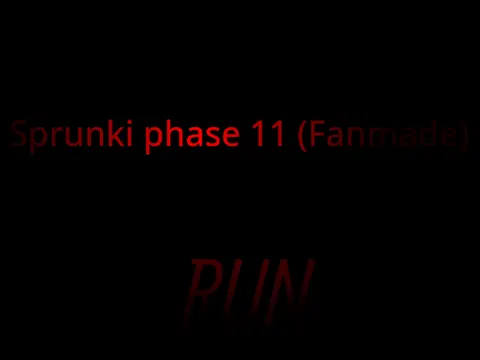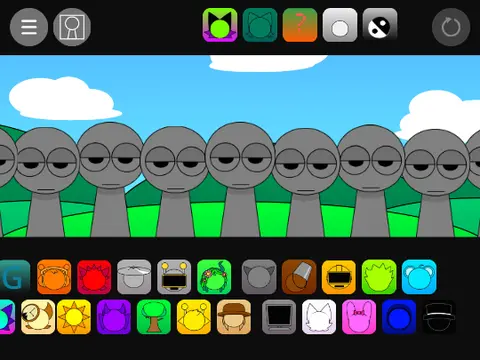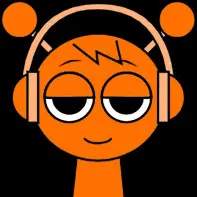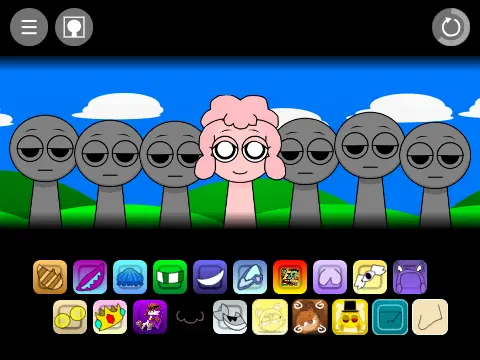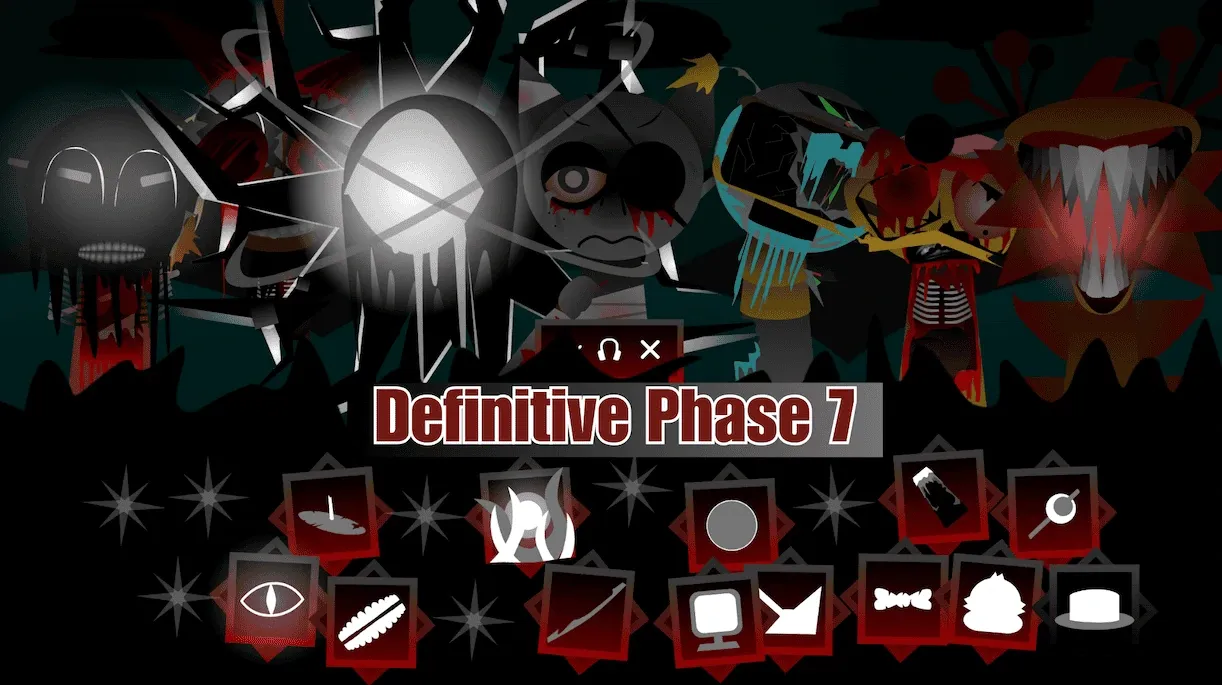sprunki phase -1 (experimental version)
What is Sprunki Phase -1 Experimental Version?
Sprunki Phase -1 Experimental Version represents a bold departure from traditional rhythm games, offering players an avant-garde music creation experience that challenges conventional notions of game design and musical composition. This experimental edition pushes the boundaries of what's possible in browser-based music games by incorporating unconventional sound design, glitch aesthetics, and unpredictable gameplay mechanics. Unlike standard Sprunki games that follow established patterns, Phase -1 intentionally introduces elements of randomness and chaos, creating a unique experience where players must embrace uncertainty and adapt to unexpected musical outcomes. The game features a distinctive visual style that combines retro-futuristic elements with glitch art and abstract designs, reflecting its experimental nature. Characters in Phase -1 often behave unpredictably - they might change their sounds spontaneously, interact with other characters in unusual ways, or even transform into completely different entities based on player actions or timing. This version is specifically designed for players who have mastered the basics of music games and are seeking a more challenging and intellectually stimulating experience that encourages lateral thinking and creative problem-solving.
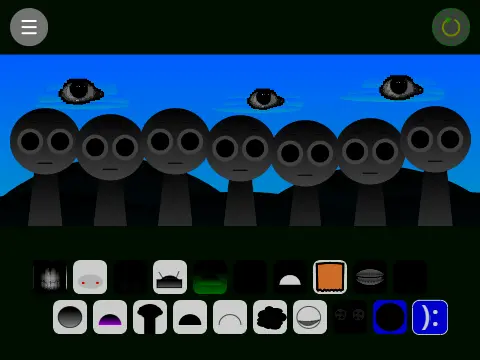
How does Sprunki Phase -1 work?
Sprunki Phase -1 operates on principles that deliberately subvert player expectations while maintaining the core drag-and-drop mechanics of the Sprunki series. The game introduces several innovative systems that distinguish it from conventional rhythm games. The "Dynamic Sound Morphing" system allows characters to gradually evolve their sounds based on how long they've been active, the company they keep on stage, and even the time of day. The "Serendipity Engine" occasionally introduces random, pleasant surprises - characters might spontaneously harmonize in unexpected ways or create emergent musical patterns that the player didn't intentionally design. Another key feature is the "Reactive Environment" where the game background and visual elements respond to the music being created, sometimes even influencing the sounds themselves. The interface includes experimental controls not found in other versions, such as a "Chaos Slider" that adjusts how unpredictable character interactions become, and a "Temporal Manipulator" that allows players to create time-based effects like reverse playback or stutter effects. These systems work together to create a living, evolving musical ecosystem that responds to player input in complex and often surprising ways.
How to play Sprunki Phase -1?
Playing Sprunki Phase -1 requires a different mindset than traditional rhythm games. Instead of trying to achieve specific musical outcomes, players are encouraged to embrace experimentation and discover the game's possibilities through trial and observation. Begin by dragging a character to the stage and observing not just its initial sound, but how it behaves over time. Many characters in Phase -1 have multiple states or evolve through different sound phases. Pay close attention to how characters interact when placed near each other - some combinations create predictable harmonies, while others might trigger completely unexpected sound transformations. Use the experimental controls sparingly at first; the Chaos Slider can make the experience overwhelming if set too high initially. The game rewards patience and observation - spend time with each character to understand its unique behaviors and potential evolution paths. Don't be discouraged by seemingly dissonant or chaotic results; these often form the foundation for interesting musical developments later. Keep a notebook handy to document interesting character combinations and behaviors you discover. The save system is particularly important in Phase -1, as successful experiments are worth preserving and revisiting. Remember that "failure" in the conventional sense doesn't exist in this experimental space - every outcome is simply data for your next creative exploration.
What makes Sprunki Phase -1 different from Incredibox?
While Incredibox offers a polished, user-friendly music creation experience with predictable outcomes, Sprunki Phase -1 deliberately embraces unpredictability and experimental design philosophies. Where Incredibox focuses on accessibility and immediate gratification, Phase -1 challenges players to engage with more complex systems and embrace uncertainty as a creative tool. The sound design philosophy differs significantly - while Incredibox uses professionally produced, clean audio samples, Phase -1 incorporates glitch sounds, field recordings, procedural audio generation, and sometimes even intentionally "imperfect" or distorted sounds as artistic choices. The visual presentation contrasts sharply: Incredibox maintains a consistent, polished aesthetic, while Phase -1 employs glitch art, data moshing, and abstract visualizations that respond to the audio in unconventional ways. Philosophically, Incredibox aims to make music creation accessible to everyone, while Phase -1 positions itself as an artistic exploration tool for those interested in the boundaries of game design and experimental music. The development approach also differs - Incredibox releases are carefully tested and polished, while Phase -1 embraces a more iterative, community-driven development process where player feedback directly influences frequent updates and experimental features.
What color is Sprunki Phase -1?
Sprunki Phase -1 employs a distinctive color palette that reflects its experimental nature and sets it apart from other games in the series. The primary color scheme revolves around deep purples, electric blues, and neon greens, creating a retro-futuristic vibe that suggests both nostalgia and innovation. Character designs often feature glitch effects with color cycling and chromatic aberration, giving them a dynamic, almost unstable appearance. The interface uses dark backgrounds with bright accent colors that pulse and shift in response to musical activity, creating a synesthetic experience where colors seem to correspond with sound textures. Unlike the warm, inviting colors of mainstream rhythm games, Phase -1 utilizes cooler, more synthetic colors that reinforce its experimental identity. The color transitions are often abrupt and jarring rather than smooth, mirroring the game's unconventional audio approach. This deliberate use of color contributes significantly to the game's overall aesthetic and helps communicate its experimental nature before players even interact with the sound systems.
How do I create a Sprunki Phase -1 soundtrack?
Creating a soundtrack in Sprunki Phase -1 is less about traditional composition and more about guided exploration and system manipulation. Start by selecting a single character and observing its behavior over several minutes without adding others. Note how its sound evolves and what triggers changes. Once you understand its patterns, introduce a second character and pay close attention to their interactions - some characters synergize while others create intentional dissonance. Use the Chaos Slider to increase unpredictability gradually, but be prepared to reduce it if the results become too chaotic for your preferences. Embrace the game's time-based effects; try creating sections where you reverse time or introduce stutter effects to add rhythmic complexity. Document successful combinations in your notebook - the game's unpredictability means that recreating specific outcomes can be challenging without records. Consider treating your session as a live performance rather than attempting to create a polished final product; the most interesting results often emerge from adapting to unexpected developments in real-time. When you discover particularly interesting sound combinations, use the save feature extensively - you can always refine these ideas later. Share your creations with the experimental gaming community; Phase -1 soundtracks often spark interesting discussions about emergent gameplay and experimental music design. Remember that the goal isn't necessarily to create "good" music in the traditional sense, but to explore the boundaries of what's possible within the game's systems and perhaps discover new approaches to interactive music creation.
Sprunki Phase -1 stands as a testament to the creative potential of experimental game design. It challenges conventional notions of what music games should be and offers a space for players to engage with sound in more abstract and conceptual ways. While it may not appeal to players seeking instant gratification or predictable outcomes, it provides a deeply rewarding experience for those interested in the intersections of game design, experimental music, and interactive art. The game serves as both entertainment and a tool for developing a more nuanced understanding of sound relationships, pattern recognition, and adaptive creativity. Regular engagement with Phase -1 can help players develop patience, observational skills, and comfort with uncertainty - valuable attributes that extend beyond gaming into broader creative and problem-solving contexts.

